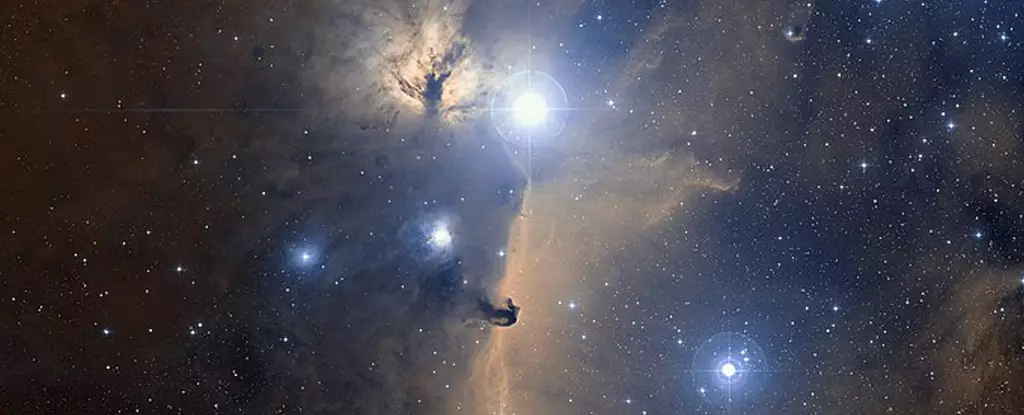Constellations have always captured our imagination, sometimes requiring a healthy dose of creativity to see the hidden shapes and figures. Nonetheless, the recent discovery of two stone disks at the entrance of an ancient fort in Italy challenges our perception of these ethereal formations. These stones, adorned with subtle markings, have puzzled experts who believe they may represent positions of celestial bodies in the night sky. While this proposition may seem far-fetched, a closer examination leaves room for speculation.
The unearthing of the two stones in the Rupinpiccolo protohistoric hill fort, located in northeastern Italy, provided researchers with a fascinating glimpse into a transitional period between prehistory and recorded history. Covered in chisel marks, it was initially hypothesized that these markings could serve as representations of the prominent stars that ancient civilizations often interpreted in similar patterns. To test this theory, a team of experts conducted a meticulous statistical analysis against known astronomical asterisms, yielding surprisingly accurate results.
Among the 29 marks discovered on the stones, nine corresponded to the tail of Scorpius, while five represented the well-known constellation of Orion, including the stars forming its distinctive belt, namely Betelgeuse and Rigel. Additionally, another nine marks correlated with the captivating Pleiades cluster. On the reverse side of the disks, five more marks were potentially identified as representing Cassiopeia. However, one mark remained enigmatic, defying interpretation. Though the overall findings lend credibility to the hypothesis, this unidentified mark near Orion raises questions about its nature and purpose. Could it signify a supernova or nova yet to be observed and recorded elsewhere? Further observations and analysis are necessary to unravel this intriguing mystery.
While Molaro and Bernardini’s research presents a compelling argument, more in-depth analysis is required to confirm whether these stones do indeed map the night sky. Although the absence of a few prominent stars and the enigmatic unidentified object cast slight doubt, the presence of 28 marks perfectly coinciding with the positions of 28 stars suggests more than mere coincidence. The meticulously carved chisel marks, estimated to have been made between 1800 and 400 BCE, potentially pave the way for the discovery of one of the oldest known sky maps.
The significance of the stone disks lies not only in their potential representation of the night sky but also in the glimpse they offer into ancient civilizations’ perception of the cosmos. These enigmatic artifacts may provide insights into the intricate relationship between early humans and the celestial sphere. The ability to recognize and record the positions of stars and constellations showcases our ancestors’ complex understanding of the universe and their fundamental connection to the cosmos. As we delve further into the mysteries of these stone disks, we bring to light a compelling narrative of human ingenuity and our ceaseless quest to comprehend the vastness of the heavens.
The recent discovery of the two stone disks at the Rupinpiccolo protohistoric hill fort in Italy has sparked great intrigue among researchers. The markings on these stones, potentially representing celestial bodies, challenge our perception of constellations and their interpretations. Despite the presence of unanswered questions, the alignment of these marks with known stars suggests a deeper connection and unveils the possibility of one of the oldest sky maps ever discovered. As we continue to explore and analyze these enigmatic artifacts, we embark on a journey that not only unravels the secrets of the past but also sheds light on our enduring fascination with the celestial realm.



Leave a Reply